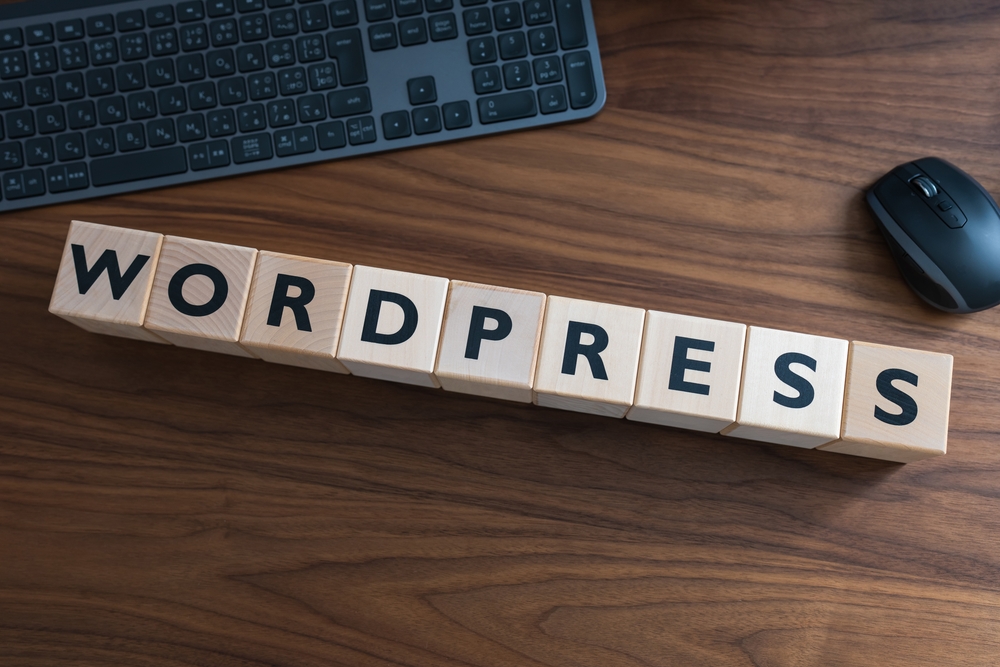
WordPress has emerged as one of the most popular Content Management Systems (CMS) on the web, offering users a powerful and user-friendly platform to create and manage websites. Whether you're a beginner or an experienced user, there are always ways to enhance your WordPress website customization and maintenance skills. In this article, we will explore some insider tips and tricks to help you master WordPress (the platform for bloggers) and take your website to the next level.
1. Choose a Responsive ThemeWith the increasing use of mobile devices, it is essential to have a website that looks great and functions well on all screen sizes. When selecting a theme for your WordPress website, ensure it is responsive. A responsive theme automatically adjusts the layout and design of your site to fit various screen sizes, providing a seamless user experience across devices. There are numerous responsive themes available in the WordPress (WP) theme directory that you can choose from.
2. Customize your Website with Plugins
One of the biggest advantages of WordPress (the blogging platform) is its vast plugin ecosystem. Plugins are add-ons that extend the functionality of your website. Whether you want to add a contact form, implement an SEO strategy, or integrate social media, there's a plugin for almost everything. Consider installing popular plugins like Yoast SEO, Contact Form 7, and MonsterInsights to enhance your website's performance and customization options.
3. Take Advantage of WordPress Widgets
Widgets are a fantastic tool to enhance the customization of your WordPress website. Widgets are predefined modules that can be placed in specific areas of your site, such as the sidebar or footer. You can use widgets to add elements like search bars, recent posts, social media feeds, and more. To access widgets, go to Appearance > Widgets in your WordPress dashboard. Explore the different available widgets and experiment with their placement to create a unique and engaging website.
4. Use Child Themes for Customization
If you're looking to make extensive modifications to your WordPress (or WP) theme, it's best to use a child theme. A child theme is essentially a separate theme that inherits all the functionalities and styles of its parent theme. By creating a child theme, you can make changes to the design and code without affecting the parent theme's core files. This allows you to update the parent theme without losing your customizations. It's a best practice to avoid modifying the parent theme directly to ensure smooth updates and maintenance.
5. Optimize Your Website for Speed
Website speed is crucial for user experience and search engine rankings. Visitors tend to abandon slow-loading websites, resulting in a higher bounce rate. To optimize your WordPress website for speed, consider implementing the following techniques:
- Minimize the use of external scripts and plugins
- Optimize your images by compressing them without losing quality- Enable caching to store static versions of your web pages
- Use a content delivery network (CDN) to serve your site from multiple servers worldwide
- Utilize a lightweight and optimized WordPress theme
6. Keep Your WordPress Website Secure
WordPress is a popular target for hackers due to its widespread usage. Ensuring the security of your website should be a top priority. Here are a few tips to keep your WordPress website secure:
- Regularly update WordPress, themes, and plugins to the latest versions
- Use strong and unique passwords for your admin accounts- Install a security plugin such as Wordfence or Sucuri to monitor and protect your site
- Limit the number of login attempts by using plugins like Limit Login Attempts Reloaded
- Set up regular backups to easily restore your website in case of any security breaches
Frequently Asked Questions
Q: How can I customize the appearance of my WordPress website?A: One way to customize your WordPress website's appearance is by using themes and plugins. Themes control the visual layout and design, while plugins add functionality and customization options.
Q: Can I change my WordPress theme without losing my content?
A: Yes, you can change your WordPress theme without losing your content. However, it's always a good practice to create a backup of your website before making any major changes.
Q: How do I add new pages to my WordPress website?
A: To add new pages to your WordPress website, go to the WordPress dashboard, click on "Pages" in the left-hand menu, and then click "Add New". From there, you can enter the title, content, and customize the page settings.
Q: Can I optimize my WordPress website for search engines?
A: Yes, you can optimize your WordPress website for search engines using SEO plugins like Yoast SEO or All in One SEO Pack. These plugins offer features that help you optimize your content, meta tags, and overall on-page SEO.
Q: How often should I update WordPress and plugins?
A: It is crucial to keep your WordPress and plugins up to date to ensure security and compatibility. We recommend checking for updates at least once every few weeks and applying them promptly.
In conclusion, mastering WordPress website customization and maintenance requires a combination of utilizing responsive themes, plugins, and widgets, along with optimizing website speed and security. By implementing the insider tips and tricks discussed in this article, you'll be well on your way to creating a highly customized and well-maintained WordPress website that stands out from the crowd.
Other useful resources
- https://www.wordpress24plus.com
- https://www.wordpress24plus.com/wordpress-tools-directory/
- https://www.wordpress24plus.com/services/